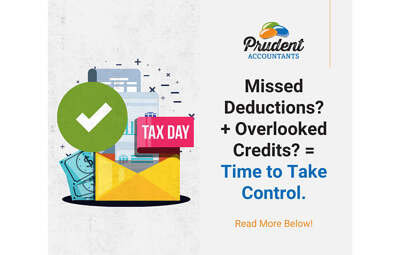Simplify Your Tax Filing: Everything You Need to Know About Form 1065 for Partnerships

As a partnership, staying compliant with the IRS involves filing Form 1065, the U.S. Return of Partnership Income. This crucial document reports your partnership’s income, deductions, gains, and losses—but don’t worry! Filing Form 1065 doesn’t have to be overwhelming. In this guide, we’ll break down the essentials so you can file with confidence.
What is Form 1065?
Form 1065 is used by partnerships to report their financial activities to the IRS. While the partnership itself doesn’t pay income taxes, it’s responsible for filing this form to disclose its earnings. Instead, the profits or losses “pass through” to the partners, who report them on their individual tax returns.
Who Needs to File Form 1065?
If your business is a partnership or an LLC classified as a partnership for tax purposes, you’re required to file Form 1065 annually. This includes general partnerships, limited partnerships, and some joint ventures.
Exceptions:
- Single-member LLCs or sole proprietorships don’t file Form 1065.
- Partnerships with no income or expenses for the year may not need to file, but it’s wise to confirm with a tax advisor.
Key Components of Form 1065
- Basic Information: Business name, address, and Employer Identification Number (EIN). The type of business activity.
- Income and Deductions: Total revenue, cost of goods sold, and any deductions like salaries, rent, or utilities.
- Schedule K: Summary of the partnership’s income, credits, and other financial items.
- Schedule K-1: A separate statement for each partner, detailing their share of income, deductions, and credits.
- Balance Sheet: Financial position at the beginning and end of the tax year.
Step-by-Step Filing Guide
- Gather Necessary Documents: Financial statements, partner contributions, and previous year’s tax return (if applicable).
- Complete Schedules: Fill out Schedule K for the partnership’s overall income and credits. Generate Schedule K-1 for each partner.
- Double-Check Deadlines: Form 1065 is typically due by March 15, or the 15th day of the third month following the end of your tax year. File Form 7004 for an extension if needed.
- File Electronically: Partnerships with 100 or more partners are required to e-file.
Common Mistakes to Avoid
- Incorrect Partner Percentages: Ensure each partner’s share aligns with the partnership agreement.
- Missing Attachments: Include all required Schedules, especially Schedule K-1.
- Late Filing: File early or request an extension to avoid penalties.
- Overlooking State Requirements: Some states require additional filings.
How Prudent Accountants Can Help
Prudent Accountants understands the challenges of partnership tax compliance. Our team has developed efficient processes to simplify filing Form 1065 and ensure accuracy at every step.
- Streamlined Filing: We handle the preparation of Form 1065 and Schedule K-1s.
- Tailored Guidance: Our tax experts work closely with you to identify deductions and strategies.
- Compliance Confidence: We stay updated on changing tax laws to help you navigate IRS requirements smoothly.
Final Thoughts
Form 1065 is an essential part of partnership tax compliance. By understanding its components, gathering the right documents, and avoiding common mistakes, you can file smoothly and confidently. For professional support that takes the stress out of tax season, reach out to Prudent Accountants today—we’re here to make tax filing easier and more efficient for your partnership.






